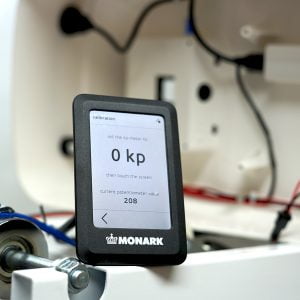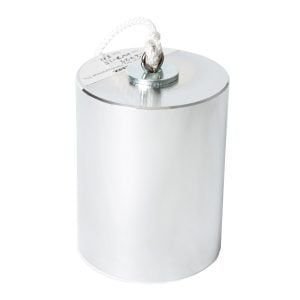Warning: Undefined array key "settings" in /home/monarksportsmed/public_html/wp-content/plugins/bb-theme-builder/extensions/woocommerce/classes/class-fl-theme-builder-woocommerce.php on line 60
Sorry, we couldn't find any products. Please try a different search.
– a submaximal cycle ergometry test for estimation of VO2max The EKBLOM-BAK test is a simple non-maximal cycle ergometer test for estimation of cardiorespiratory fitness (VO2max). It is low risk, easily administrated and requires neither advanced laboratory equipment nor expertise knowledge in work physiology. The test is suitable in situations when a maximal test is not feasible, for example in health evaluations. The test is described in detail on www.gih.se/ekblombaktest, where an excel application is also available for prediction by the Ekblom-Bak method. In 2016, a new prediction equation for the Ekblom-Bak test was published. The new equation is an update of the old equation published in 2012, and provides an improved precision for estimation of VO2max. Moreover, the valid ranges for VO2max (19-76 ml·min-1·kg-1) and age (20-86 years) are increased. Below information and documents are all updated according to the new prediction equation. First, the test subject cycles for 4 min at a low standard work rate (same workrate for all subjects performing the test), pedalling at 60 rpm. Mean heart rate during the last minute is recorded. Then, the resistance is increased to a higher individually chosen work rate, to reach a steady state heart rate above 120 bpm (> 110 bpm for older subjects) and a perceived rate of exertion of ≈ 14 according to the Borg RPE scale. Mean heart rate during the last minute at the higher work rate is recorded. VO2max is estimated by sex-specific equations based on the difference in heart rate response between the higher work rate and the standard work rate, a factor corresponding to the higher work rate, heart rate at standard work rate and age. LINK TO THE TEST ON THE SWEDISH SCHOOL OF SPORT AND HEALTH SCIENCES HOME PAGE >> This app is an additional tool to be used in for example field testing. The app contains information of the equipment needed for the test, a simple “step by step” guide, and a calculation tool to predict VO2max from the values obtained during the test.UPDATED PREDICTION EQUATION
BRIEF SUMMARY OF THE TEST



















